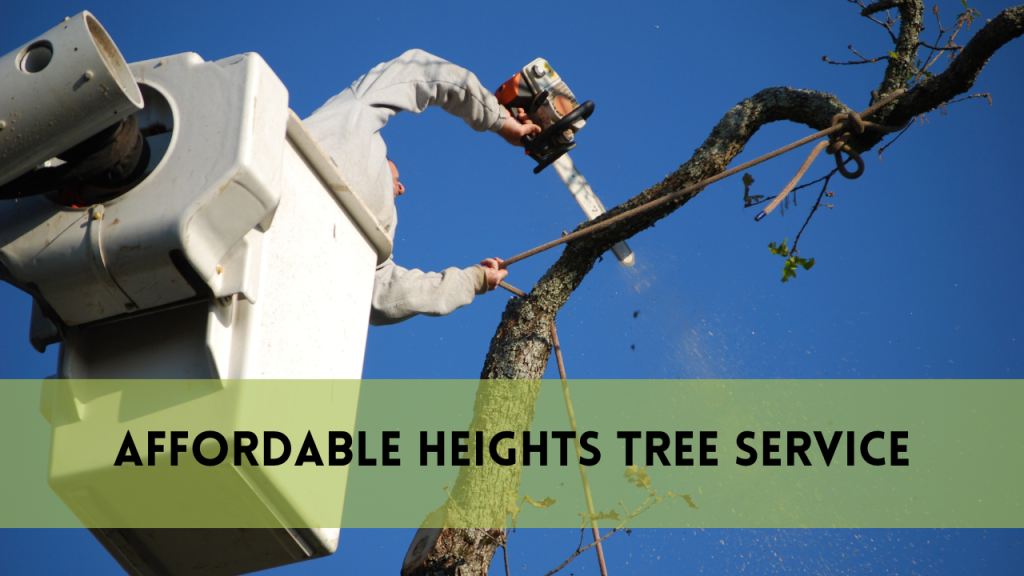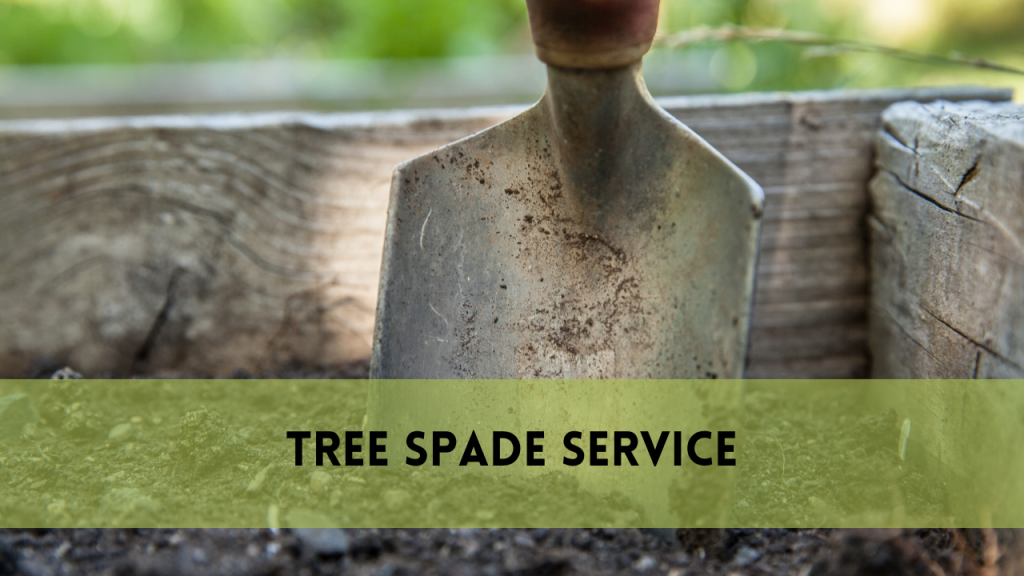Should I Cut Down My Ash Tree?
The emerald ash borer (EAB) is a very destructive Asian bug that has become a constant danger to ash trees throughout North America. This metallic-green insect may appear unobtrusive, but it has a catastrophic impact on ash trees. Understanding the threat that EAB poses and the importance of controlling infestations as soon as possible is critical in the fight to maintain these historic trees. In this essay, we’ll go deeper into the world of the emerald ash borer and discuss the critical need for prompt action to protect our Ash Trees Be Saved.
Should I Cut Down My Ash Tree?
Addressing emerald ash borer (EAB) infestations quickly is crucial for various reasons. First and foremost, EAB is a highly destructive pest that can swiftly kill ash trees. Once infested, these beetles tunnel into the tree’s vascular system, preventing it from transporting necessary nutrients and water and ultimately killing the tree. Because of the rapid destruction, delayed action can result in irreversible damage, resulting in the loss of valuable trees.
Furthermore, ash trees play a significant function in our ecosystems. They provide shade, enhance air quality, and support local animals. Losses in significant numbers can upset the delicate balance of local habitats, impacting biodiversity and the well-being of innumerable species.
Finally, the financial burden of managing EAB infestations grows over time. Early intervention can save both individual trees and significant financial commitments in tree removal, disposal, and replacement.
The Emerald Ash Borer: An Unknown Threat
The emerald ash borer (EAB) may appear modest with its iridescent green color and small size, but beyond its seemingly harmless shell lies a tremendous threat to ash trees. This invasive Asian bug has emerged as one of the most devastating pests to threaten North America’s ash tree population.
The emerald ash borer’s life cycle is particularly insidious since it occurs mostly behind closed doors. Adult beetles lay their eggs beneath the bark of ash trees, and the larvae hatch and tunnel into the tree’s inner layers. This damaging voyage affects the flow of nutrients and water, eventually leading to the tree’s demise and death.
Because EAB infestations are hidden, by the time observable indicators of distress, such as canopy dieback and D-shaped exit holes, become apparent, the infestation is often advanced, making rehabilitation more difficult.
The Race Against Time: Can Ash Trees Be Saved?
The battle to save ash trees from the ravages of the emerald ash borer (EAB) is indeed a race against time. Once this invasive beetle infiltrates an ash tree, the clock starts ticking, and the tree’s survival becomes increasingly precarious. In this section, we will explore whether it is possible to save ash trees once they have fallen victim to an EAB infestation.
There are two basic approaches to preserving ash trees from the destructive emerald ash borer (EAB): chemical and biological strategies. Let’s take a closer look at these methods:
Chemicals Insecticides
- Select the correct chemicals: Choose proper chemical pesticides to effectively combat EAB infestations. Typical alternatives include:
Emamectin Benzoate: A systemic insecticide that can be injected into the vascular system of a tree. It offers long-term protection by focusing on EAB larvae and preventing additional infestations.
Imidacloprid is frequently used as a soil drench or trunk spray. The tree’s roots absorb it, which then circulates throughout the tree and kills EAB larvae.
- Appropriate Application: It is critical to apply the selected insecticide correctly and at the appropriate time of year. For application-specific directions, consult a qualified arborist or follow product instructions.
- Prompt Treatment: Early action is critical. If you detect an EAB infection, intervene quickly to enhance the likelihood of saving the tree.
- Regular Monitoring: Monitor the tree’s health on a regular basis and consider follow-up treatments as needed, as some insecticides may require periodic applications.
Biological Control Techniques
To address EAB infestations, biological management approaches employ natural predators or parasites. This is how it works:
- Parasitoid Wasps: Certain parasitoid wasp species are natural adversaries of EAB. These wasps lay their eggs on EAB larvae, and when the wasp larvae hatch, the EAB larvae are consumed, eventually killing them.
- Establishment: Parasitoid wasps are grown in controlled surroundings before being introduced into EAB-infested areas. The goal of this strategy is to create a population of these beneficial insects.
- Long-Term Solution: While biological control approaches are environmentally safe and can provide long-term EAB management, they may take time to show benefits. It is not a short-term fix.
- Expert Advice: Consult with biological control experts to ensure that the proper species of parasitoid wasps are introduced in suitable quantities and at the appropriate periods.
Consult an Arborist
The complexity of EAB infestations underscores the importance of consulting a certified arborist. These tree care professionals can assess the extent of the infestation and recommend the most appropriate treatment strategy.
Tree removal : Last Resort
Removing an ash tree is a significant undertaking that should be approached with caution and expertise. Whether you’re dealing with an infested tree, a safety hazard, or a landscaping project, here’s a step-by-step guide on how to remove ash trees safely and effectively:
Assess the Situation
Before you begin the removal process, assess the tree and its surroundings:
Identify the tree’s condition and any signs of infestation or disease.
Determine the direction in which the tree should fall to avoid obstacles and ensure safety.
Clear the area around the tree of people, pets, and any valuable objects.
Check local regulations and permits related to tree removal in your area.
Gather the Right Tools and Equipment
You’ll need a set of tools and safety equipment for tree removal.
- Chainsaw with a sharp chain
- Safety goggles, helmets, and hearing protection
- Gloves and appropriate clothing
- Ropes and rigging equipment
- Ladder or aerial lift (if necessary)
- Wedges and felling wedges
- First aid kit and communication device
Determine the direction of the tree’s lean and plan the felling angle.
Make an escape path in the opposite direction of the intended fall.
Estimate the tree’s height and the number of cuts required.
The felling procedure normally involves three major cuts:
Notch Cut: Make a horizontal cut (the notch) on the side of the tree facing the fall direction. Make a slanted cut below the notch to produce an open face.
Hinge Cut: On the other side of the notch, make a horizontal hinge cut to produce a holding wood that directs the tree’s descent.
Back Cut: This cut is made on the same side as the notch, a few inches above the bottom of the notch cut. To avoid binding, it should be somewhat higher than the hinge cut.
As you finish the back cut, proceed to take the escape path.
When the tree begins to fall, retreat to a safe distance along the escape route.
Keep a close check on the falling tree to ensure it falls in the intended direction.
You have the option of removing the stump after the tree has been removed:
Stump grinding: Hire a professional stump grinder to remove the stump.
Chemical stump removal: Use stump removal chemicals to break down the timber over time.
Manual removal: Dig out the stump with an axe, shovel, and pickaxe.
Cut the felled tree into manageable chunks for disposal or reuse as fuel or timber.
To avoid the spread of pests and illnesses, properly dispose of tree debris and wood.
Related Posts:
FAQS
How do I tell if I have an emerald ash borer infestation?
Look for canopy dieback, D-shaped exit holes, cracked bark, and increased woodpecker activity. For confirmation, consult an arborist.
Is it possible for an ash tree to recover from an EAB infestation?
While prompt treatment might help some ash trees recover, severe infestations may be irreversible.
Can ash trees be treated without the use of chemicals?
Yes, biological control approaches exist; however, they may take longer to produce results and may be less successful than chemical treatments.
Can you recommend any alternatives to ash trees?
Consider planting EAB-resistant tree species, such as oaks or maples, to diversify your landscape.
How can I help prevent the spread of EAB?
Avoid carrying firewood from contaminated regions, and respect local ash tree management restrictions.
Conclusion
Several factors affect whether you decide to save or cut down your ash tree in the face of the emerald ash borer (EAB) threat. Early discovery and intervention are critical, and treatment options such as chemical insecticides and biological controls can provide hope for recovery. However, safety issues, the level of infestation, and municipal rules may necessitate tree removal. We may attempt to conserve these valuable trees for the future by speaking with arborists and taking preventive measures.



